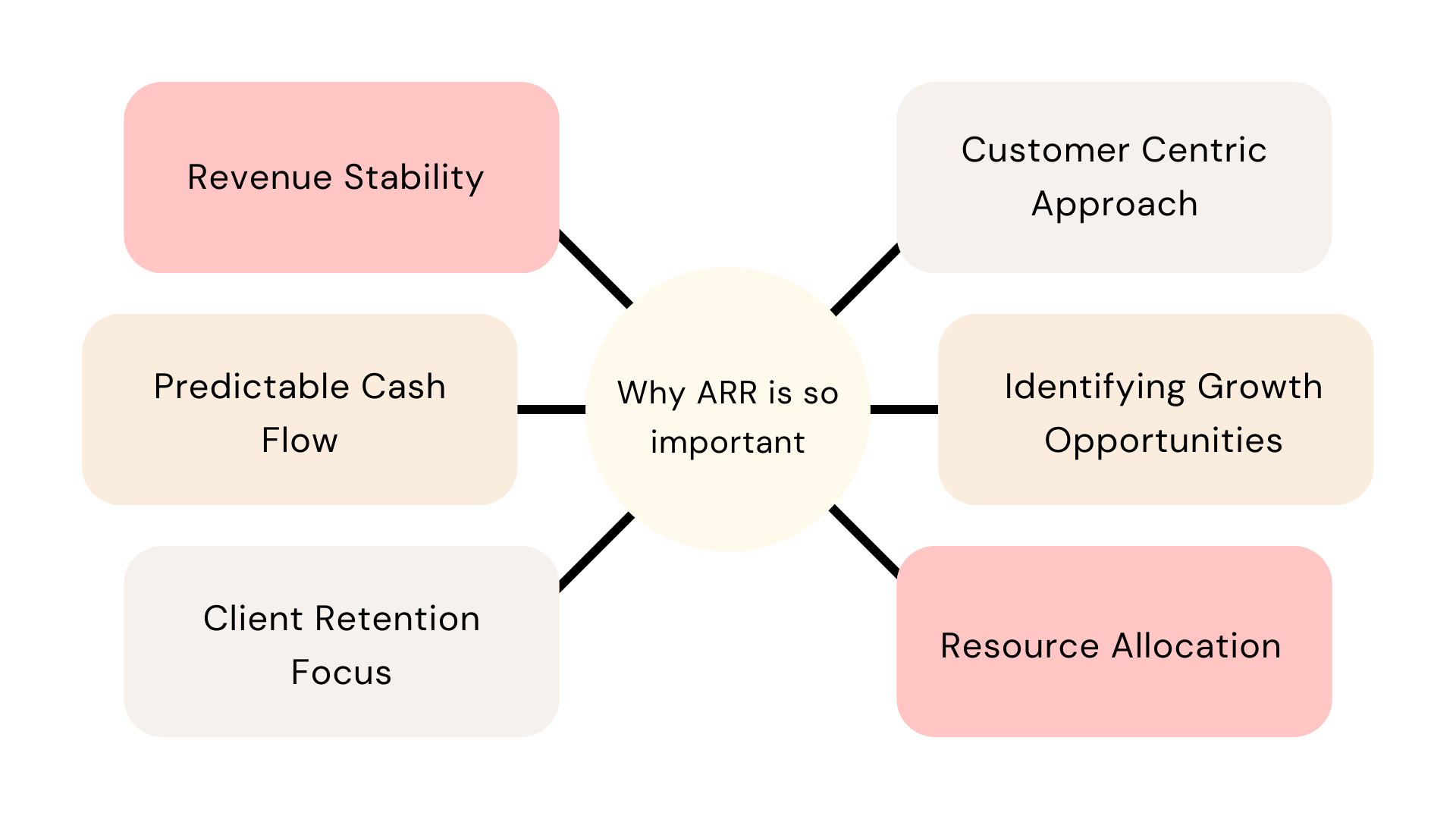Home » PSApedia
Liquidity Ratio
Understand Liquidity Ratios for Informed Decision-Making and ensure Fiscal Health.

What is the Liquidity Ratio?
The Liquidity Ratio measures a company’s ability to pay its short-term debts using its most easily accessible assets. These assets typically include cash, cash equivalents, and short-term investments.
A higher ratio indicates a better position for the company to meet its immediate liabilities without resorting to external financial assistance.
Importance of the Liquidity Ratio
Understanding the liquidity ratio is crucial for both internal and external stakeholders:
For Businesses, It provides insights into the company’s short-term financial health. A consistently low liquidity ratio might indicate potential solvency issues, requiring immediate attention.
This information is important for investors and creditors. It indicates the company’s ability to repay short-term debts. It helps them decide whether to invest or lend money.
The liquidity ratio helps financial analysts understand a company’s financial stability and is a starting point for further analysis.

Why ARR is so important?
Calculating the Liquidity Ratio
Formula:
Liquidity Ratio = Liquid Assets / Short-term Liabilities
Example:
Let’s say Company A has liquid assets worth $100,000 and short-term liabilities amounting to $50,000. Using the formula:
Liquidity Ratio=100,000/50,000=2
This means Company A has twice the amount of its most liquid assets compared to its short-term liabilities.
Liquidity Ratio vs Other Financial Ratios
The liquidity ratio examines a company’s short-term financial health. Other ratios, such as solvency or current ratio, provide alternative perspectives.
- Liquidity Ratio vs Current Ratio: The current ratio considers all current assets (not just the most liquid ones) against current liabilities. It gives a broader view of short-term financial health.
- Liquidity Ratio vs Solvency Ratio: The solvency ratio looks at the company’s ability to meet its long-term obligations. It’s more about the company’s overall debt situation than immediate financial health.
Understanding the nuances between these ratios can be crucial for financial management, especially when making strategic decisions.
| Aspect | Liquidity Ratios | Other Financial Ratios |
|---|---|---|
| Purpose | Measure a company’s ability to pay short-term debts. | Evaluate various aspects of a company’s performance. |
| Examples | 1. Current Ratio (Current Assets/Current Liabilities) 2. Quick Ratio (Acid-Test Ratio) |
1. Debt-Equity Ratio (Total Debt/Total Equity) 2. Return on Equity (Net Income/Shareholder’s Equity) 3. Gross Margin Ratio (Gross Margin/Net Sales) |
| Timeframe | Short-term (usually a year or less) | Can be short-term or long-term depending on the ratio. |
| Importance | Critical for ensuring a company can meet its current obligations. | Provides insights on profitability, leverage, efficiency, etc. |
| Key Stakeholders | Creditors, Suppliers, Short-term lenders | Investors, Creditors, Analysts, Management |
Practical Uses of the Liquidity Ratio
The liquidity ratio is not just a theoretical concept; it has practical applications: Investors or creditors might see companies with a low liquidity ratio as risky ventures.
- Operational Decisions: Businesses might need to adjust their operations, like reducing inventory or increasing sales efforts, based on their liquidity status.
- Strategic Planning: For long-term strategies, understanding the liquidity position can guide mergers, acquisitions, or expansion plans.
For a deeper dive into how businesses can optimize their financial strategies, check out this comprehensive guide.
Ready to Enhance Your Financial Management?
KEBS, a leading PSA Software, offers tools that can significantly improve a company’s financial management processes. KEBS assists businesses in managing projects, resources, and deals. It provides them with a comprehensive overview of their operations, which directly impacts their financial situation.
For instance, the timesheet feature in KEBS allows businesses to track billable hours efficiently, ensuring timely invoicing and improved cash flow. Similarly, the proposal builder can accelerate the sales cycle, leading to faster revenue generation.

KEBS Finance Management
For businesses keen on optimizing their financial health, understanding the liquidity ratio is just the beginning. Integrating advanced tools like KEBS can transform financial management, ensuring stability and growth. Ready to take your financial management to the next level? Contact us or request a demo today!



